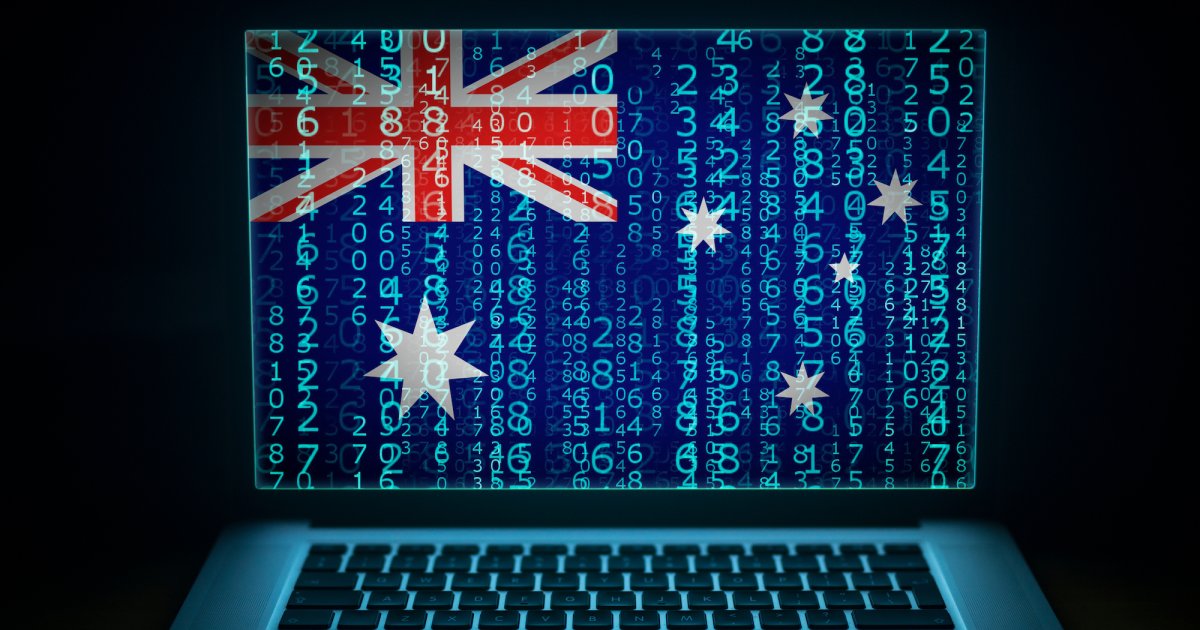Why is an Indian court order determining what you can read on the internet?
News
What a lawsuit in India can tell us about the future of global censorship and free speech.

Should one country’s speech laws apply everywhere on Earth?
In April, Australia’s eSafety commissioner effectively argued as much after ordering the social media platform X, formerly Twitter, to take down a video of a man stabbing a bishop in a Sydney church. X responded by geo-blocking the content in Australia, but that did not satisfy the commissioner, who secured a temporary court order requiring X to remove posts of the video globally. That would prevent users everywhere outside Australia from accessing the content. Here in the U.S., it would suppress content protected by the First Amendment, which rightly makes no exception for depictions of violence. Even the bishop who was attacked opposed censoring the video.
Whatever one thinks of the specific content at issue, the case’s implications for online free expression are profound. That’s why, last week, FIRE moved to intervene in X’s legal challenge to the commissioner’s global censorship demand.
And then yesterday, in a win for free speech, an Australian federal court refused to extend the order — though the case is ongoing.
In an increasingly interconnected world, containing censorship within a country’s borders is a serious challenge.
FIRE’s intervention seeks to focus the court’s attention on how a global takedown order would disregard the strong free speech protections of countries like the U.S. and lend an air of legitimacy to repressive regimes’ efforts to assert control over online content everywhere.
FIRE has long maintained concerns about the domestic impact of censorship abroad. In an increasingly interconnected world, containing censorship within a country’s borders is a serious challenge. And the tightening of speech restrictions in countries around the world only raises the stakes of those restrictions’ export.
Just last week, a Hong Kong appeals court granted the government’s request to ban a protest anthem called “Glory to Hong Kong.” A day later, some YouTube videos featuring the song reportedly became unavailable to users worldwide.
Our court filing lists several other troubling instances of extraterritorial censorship. For example, an Indian court recently ordered Reuters to take down a report about Appin, an Indian company accused of providing “hack-for-hire” services. Rather than using geo-blocking tools to block the article only in India, Reuters took it down globally. Appin’s co-founder then used this and other local court orders to pressure more global media outlets to withdraw coverage of the story.
What a lawsuit in India can tell us about the future of global censorship and free speech.
In 2020, China imposed a national security law on Hong Kong, intended to apply even to speech by nonresidents outside Hong Kong, that includes a vague ban on “separatism and subversion.” FIRE has documented many instances of “faculty and students at campuses around the world [making] changes to their teaching, research, class participation, and activism to adjust to the law.”
These are just a few examples of censorship creeping across borders.
Given the determination of authoritarian governments to suppress dissent both within their countries and — when the opportunity arises — outside of them, Australia should not set a precedent that repressive governments will be eager to exploit. If global takedowns become the norm, countries with the most draconian speech laws will dictate what the rest of us can see and say online. Surely Australians do not want their online experience filtered through Pakistan’s blasphemy laws or Russia’s amorphous ban on “fake news” (which reportedly includes calling Russia’s invasion of Ukraine . . . an invasion).
Australia’s eSafety commissioner argues a global takedown is necessary to prevent Australians from accessing the video through virtual private networks that mask their location. But that rationale would apply equally to global takedown orders in countries like Russia, Turkey, and Iran. Not to mention that Australians traveling to the U.S. also might encounter speech — on a street corner, in a bookstore, on television, etc. — that is constitutionally protected here but unlawful in Australia. That hardly justifies Australia attempting to impose its speech restrictions on the U.S., or any other country.
Plus, as the saying goes, the internet never forgets. Even if X removed the video worldwide, sufficiently determined Australians would find it elsewhere. It’s even available on mainstream news websites.
Yesterday’s ruling is a positive sign that the court isn’t buying the eSafety’s commissioner’s arguments. For the sake of free speech and of preserving the internet as a global hub for knowledge exchange and discourse, those arguments must fail.
FIRE defends the individual rights of all Americans to free speech and free thought — no matter their views. FIRE’s proven approach to advocacy has vindicated the rights of thousands of Americans through targeted media campaigns, correspondence with officials, open records requests, litigation, and other advocacy tactics. If you think your rights have been violated, submit your case to FIRE today.